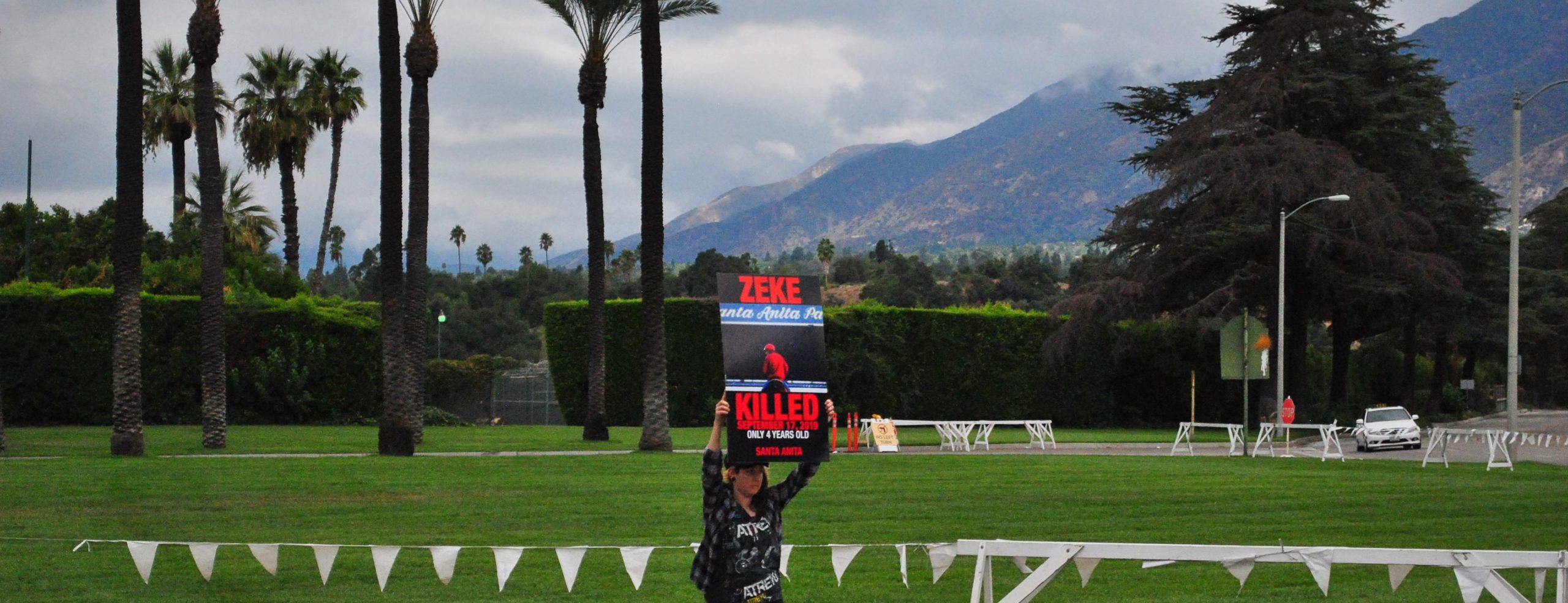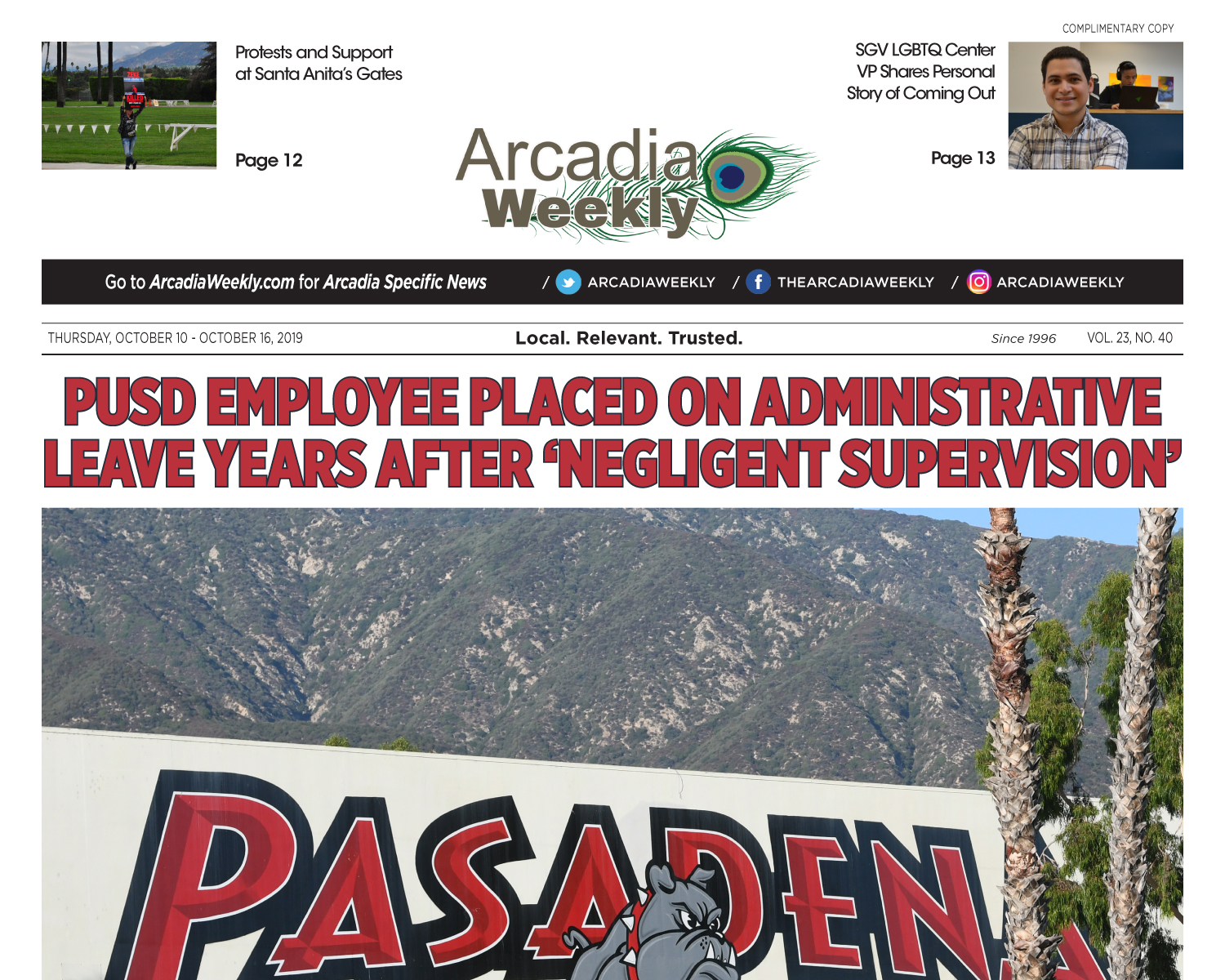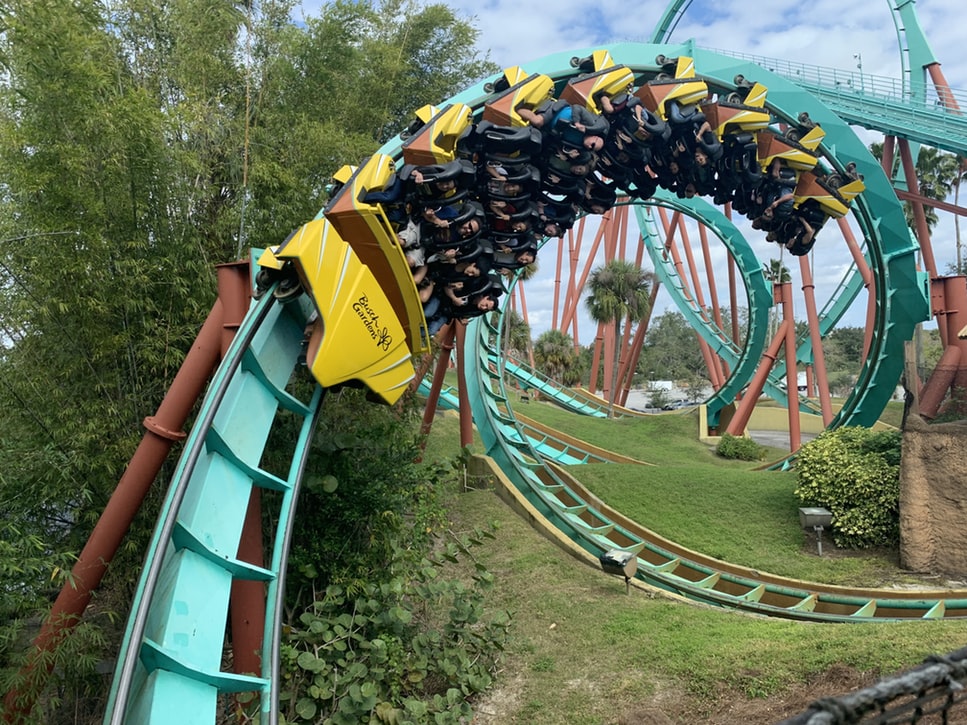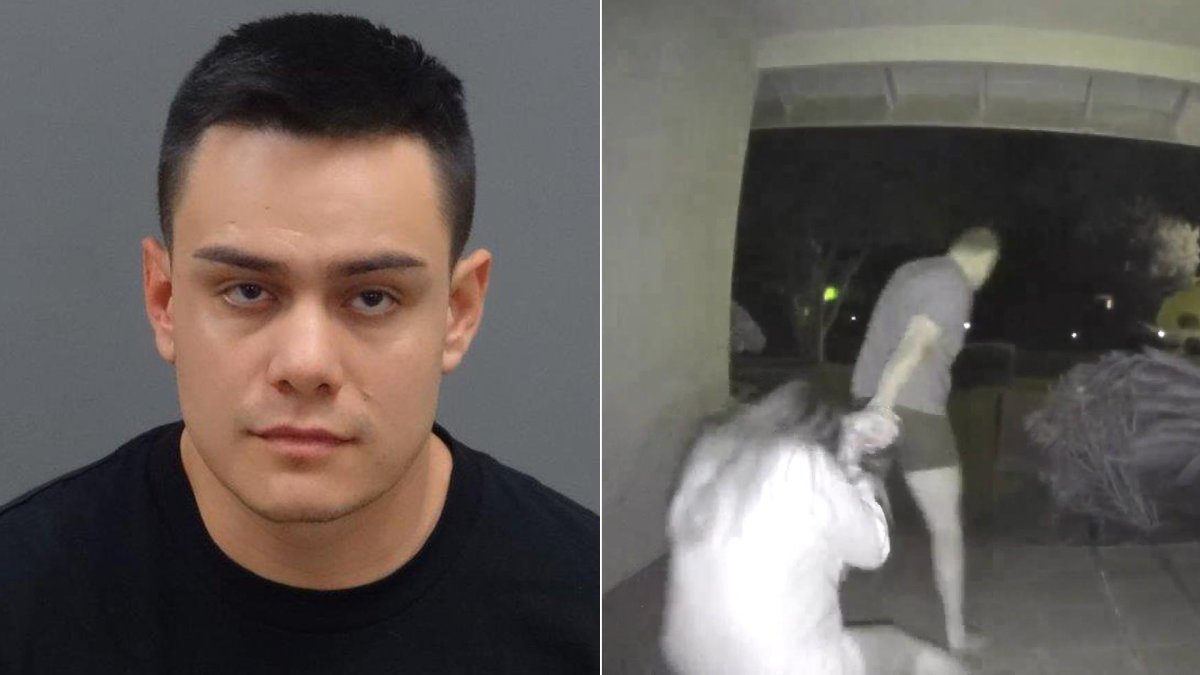
Exploring advocacy and activism at Santa Anita
By Galen Patterson
On opening day of racing at Santa Anita, protesters assembled at the main gates of the racetrack, armed with signs and garnering support for their respective causes.
But what exactly are their causes?
At a glance, one side spoke in favor of racing horses, while the other side spoke against horse racing, but each group wore shirts advertising their respective organizations.
The side that spoke for racing was a collection of animal welfare advocates that represented wesupporthorseracing.com, and the side that opposed them was comprised of animal activists representing horseracingwrongs.com.
The argument against horse racing tends to lean on the ideals of animal equalization and fair treatment. Essentially, they believe the animals do not choose to be racehorses and they are not aware of the consequences and dangers of racing, so they should not be subjected to existing purely for human entertainment. “The power of money is higher than the love for animals,” said one activist at the gates of Santa Anita.
Meanwhile, the animal welfare advocates respect the history of horse racing, its economic value, and the amount of care the animals are provided with. “They do everything possible to make sure the animals are healthy,” said one advocate.
The activists at the gates of Santa Anita claimed that 20,000 thoroughbred horses are born annually while 15,000 are sent to slaughter annually. According to People for the Ethical Treatment of Animals (PETA), the number of horses being sent to slaughter each year within the industry is significantly lower at 10,000.
The welfare advocates on the other side of the gates said that Santa Anita has a no-slaughter policy in place to protect the horses after their racing career is over. Santaanita.com shows a no-slaughter policy for past-prime race horses. Santa Anita works with charities and organizations to find homes and uses for the horses when they have been retired.
In fact, The Stronach Group (TSG) has a general no-slaughter policy throughout their organization, although other horse racing organizations are not obligated to follow the Stronach standard. However, companies face a ban from TSG tracks if they are caught sending horses to slaughter.
The activists also stated that 2,000 horses die from racing in the U.S. annually. In 2018, the Jockey Club Equine Injury Database reported 493 thoroughbred horse fatalities from injury. While this number represents only thoroughbred horses, thoroughbreds make up a large majority of the professional horse racing industry.
On average, 50 on-track horse deaths occur at Santa Anita every year. Most of these deaths come from injury. The anti-horse-racing activists say that 500 horses have died there in the past decade, which is roughly true and accounts for the 50 deaths per year.
The animal welfare advocates speaking in favor of racing said that around 200,000 horses race every year at Santa Anita. Of the horses that race there, the 50 deaths make up 0.00025 per cent of that population.
The amount of deaths at the track is small, but the activists do not necessarily care about the numbers. “Animal cruelty is still animal cruelty,” one of the activists told Arcadia Weekly.
Many of the injuries are from broken bones that can be sustained by training or racing the horses. This is partially due to the fact that the horses have not yet reached full skeletal maturity by the time they start their racing careers at two years old.
“They’re babies, their bones are not even formed, that’s why they are dying,” said one activist.
According to a report on Timing and Rate of Skeletal Maturation in Horses, published by equinestudies.org, horse bones do not reach full maturity until 5 ½ years of age. However, thoroughbred racing usually begins at two years, and may last until the age of 10. “One-hundred per cent of racing horses race before physical maturation,” the report states.
Especially in the front legs, a broken bone or joint is essentially a death sentence because 60 per cent of the animal’s weight rests on its front legs and euthanizing a horse with such an injury is widely considered to be the humane resolution, something horseracingwrongs.com agrees with.
“These are accidental horse fatalities, not murder,” said one of the advocates.
The horse racing industry generates $5.2 billion for the national economy annually, and sustains 1.4 million jobs around the country, roughly 77,000 of which are in California alone.
What is left is the question between valuing human life and comfort versus all life and comfort.
Santa Anita has taken many new precautions and health standards to increase the quality of life they can provide for their animals, but the animals exist for human entertainment and encounter the same risk factors that all professional athletes face.
For the horses though, the stakes are higher.







